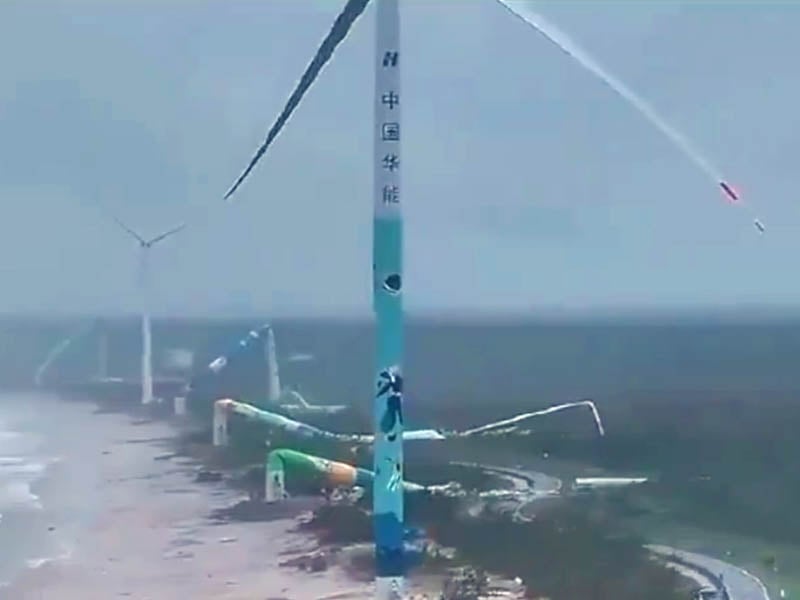Super Typhoon Yagi, the second most powerful tropical cyclone of the year, swept through southern China last week, bringing devastation to the region and raising questions about the durability of offshore wind power in extreme weather.
With winds reaching a staggering 245 km/h (152 mph), Yagi made landfall in Wenchang on Hainan Island, directly hitting a wind farm that was in the midst of an upgrade to larger, more efficient, typhoon-resistant turbines. Several turbines were torn down by the storm, illustrating the risks even for wind farms designed with typhoons in mind.
This comes as New Jersey plans to install hundreds of offshore wind turbines along the Mid-Atlantic coast, a region vulnerable to its own share of extreme weather—particularly powerful hurricanes and brutal nor’easters. The Garden State’s ambitious wind energy project is part of the push to reduce reliance on fossil fuels, but the potential for damage in such a volatile weather zone is a growing concern.
New Jersey’s coast sees frequent nor’easters, which pack high winds and relentless surf, alongside occasional hurricanes that can bring destruction similar to Yagi’s impact in China. The question now is whether these future wind farms can survive the intense forces Mother Nature throws at them. The damage Yagi caused in China—despite efforts to install typhoon-resistant turbines—serves as a stark reminder of the challenge New Jersey faces as it plans to ramp up its renewable energy infrastructure.
Although many of China’s wind farms weathered Yagi’s onslaught without issue, the sight of newly installed turbines wrecked by extreme winds highlights how difficult it can be to predict and plan for nature’s wrath. Wind energy experts in China have remained optimistic, saying typhoons no longer represent an “insurmountable constraint,” but Yagi’s devastation is proof that even the best engineering can be tested to its limits.
For New Jersey, where offshore wind projects are set to line the coast, the stakes are high. Similar to China’s push for typhoon-resistant turbines, the Mid-Atlantic turbines will need to be hurricane and nor’easter proof. These events are not just hypothetical—Superstorm Sandy in 2012 served as a harsh lesson in how vulnerable the region is to extreme weather.
As New Jersey’s offshore wind farms start to take shape, lessons from Typhoon Yagi should be top of mind. Strengthening turbine designs to withstand extreme weather will be crucial to ensure the state’s renewable energy goals aren’t swept away by the next hurricane or nor’easter. With the right technology and foresight, however, New Jersey may still navigate the stormy seas of wind power development and come out on top.
The world’s offshore windfarms are starting to show their vulnerability. This comes after a Nantuck wind turbine shattered this summer, littering beaches in Massachusetts with dangerous debris for weeks. That wind turbine still sits unremedied, dropping pieces into the ocean below.

